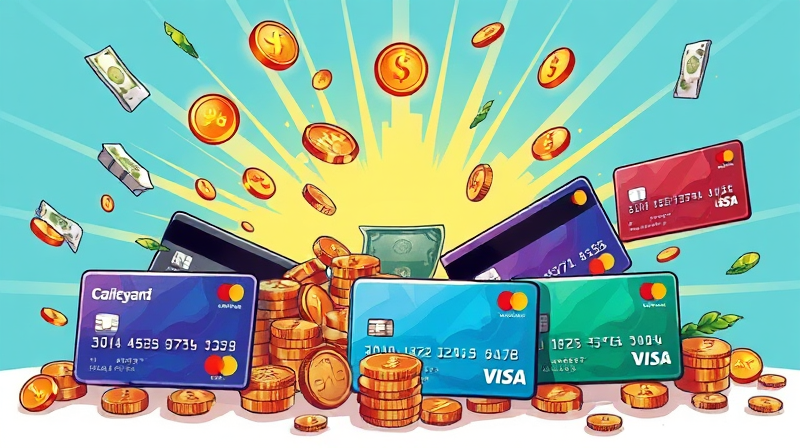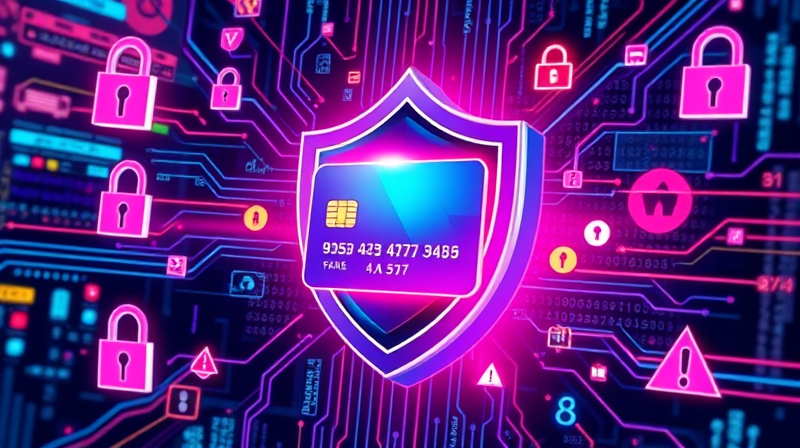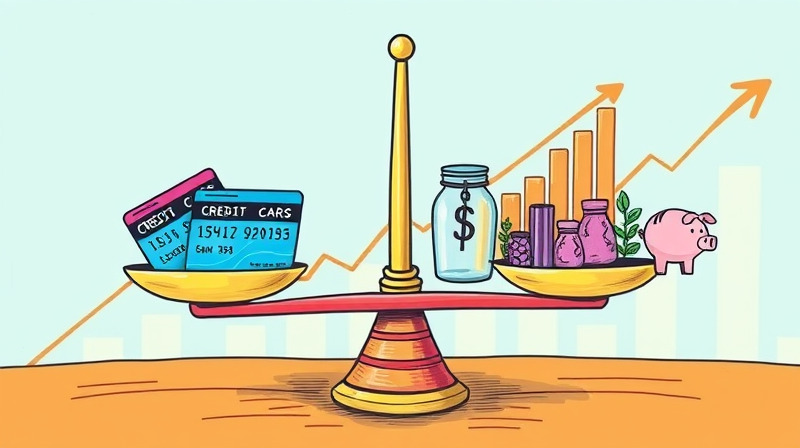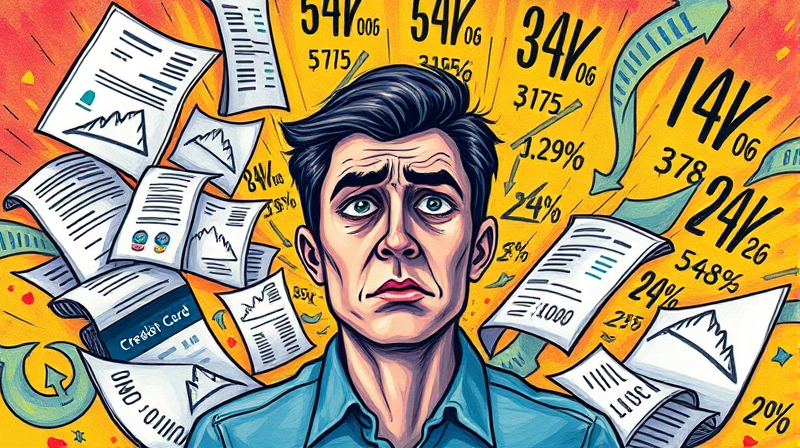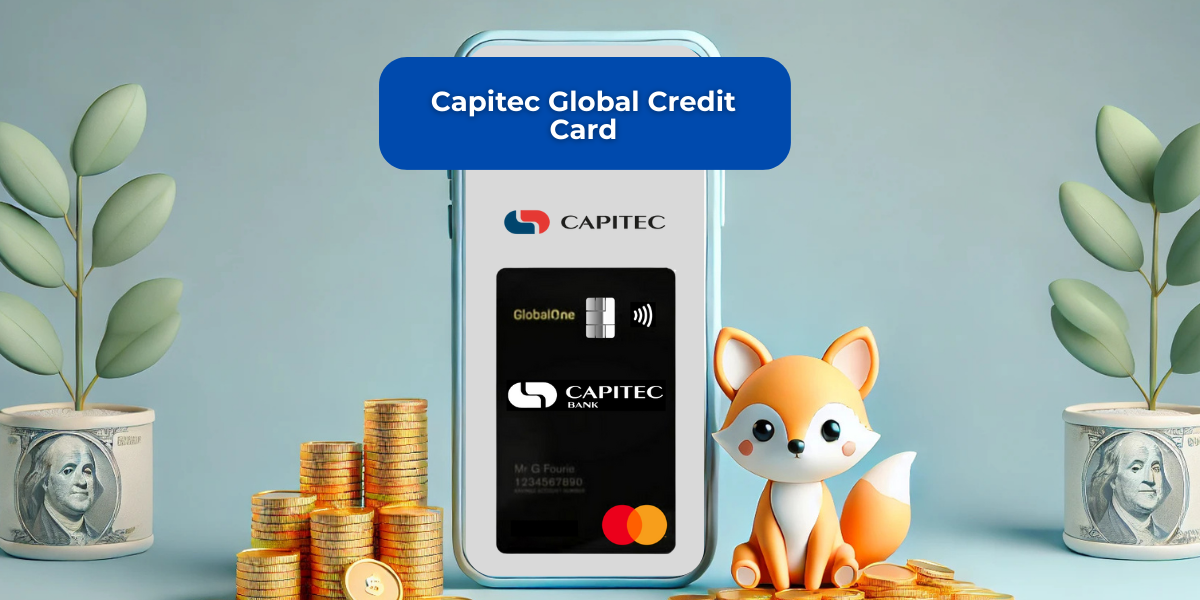Cashback credit cards stand out among rewards programs for their straightforward value proposition: earn money back on purchases you already make. In a marketplace where points, miles, and perks can feel overwhelming, cashback offers simple, tangible financial benefits that appeal to a broad spectrum of consumers.
What Are Cashback Credit Cards?
Cashback credit cards refund a percentage of your spending on qualifying purchases, typically ranging from 1% to 5%. These credits appear as statements, checks, direct deposits, or gift cards, giving users flexibility in how they redeem their rewards.
Many issuers structure their cards around either a flat rate for all purchases (for example, 1.5% on every transaction) or elevated rates in specific categories. Common category bonuses include 3% on groceries or 5% on gas, often capped at a spending limit per period.
How Cashback Works
When you swipe a cashback card, the issuer tracks eligible purchases. Standard exclusions include cash advances, balance transfers, and refunded charges. Each dollar you spend on a qualifying transaction earns a percentage back in rewards.
After accumulating a minimum amount—often as low as $25—you can redeem your reward in various forms. Statement credits automatically reduce your balance, while bank deposits transfer funds directly into a checking or savings account.
Some cards allow unlimited cashback earning potential on all spends, but many impose yearly or quarterly caps on higher bonus categories, such as $2,500 per quarter. Exceeding these limits typically reverts you to a base rate, such as 1% back.
Pros of Cashback Credit Cards
With a cashback card, you gain a tangible return on everyday purchases while maintaining your usual spending habits. Many programs also come with additional perks, boosting overall value.
- Direct Financial Reward: Cashback acts like an automatic discount on every purchase, lowering your overall cost of living without extra effort.
- Simplicity and Transparency: There's no complex point valuation or redemption chart—every dollar equals cents back.
- Low or No Annual Fees: Many cards charge $0, meaning you keep 100% of what you earn, especially beneficial for moderate spenders.
- Attractive Sign-up Bonuses: Earn anywhere from $100 to $200 after meeting a modest first-three-month spending threshold, boosting first-year earnings.
- Introductory 0% APR Offers: Finance large purchases interest-free for six to 18 months if you pay off before the promotional period ends.
- Budgeting and Flexibility: Redeem cash back for savings, credit card payments, or everyday expenses—no blackout dates or partner restrictions.
Cons of Cashback Credit Cards
However, these cards can create a temptation to overspend for rewards, leading to higher balances and interest fees if not disciplined. Understanding potential drawbacks is crucial before applying.
- Spending Requirement: You must charge to earn rewards, which can encourage unnecessary purchases and inflate your budget.
- Caps on Bonus Categories: Many high-rate categories include spending limits (for example, 5% back up to $2,000 per quarter), after which rates drop significantly.
- Redemption Limitations: Cashback must typically be redeemed for cash equivalents and cannot transfer to travel partners, limiting reward versatility.
- Potentially High APRs: If you carry a balance, interest charges can outweigh reward earnings, negating any benefit.
- Annual Fees on Premium Cards: Cards offering higher rates sometimes charge up to $95 or more per year, cutting into net rewards if you spend lightly.
- Complex Rotating Programs: Cards with quarterly category rotations require active management and timely enrollment to maximize returns.
- Forfeiture Risk: Missing payments, closing an account, or returning large purchases can lead to lost or revoked rewards.
Types of Cashback Programs
To choose the best cashback card, understand the program structure. Your spending patterns should guide which model offers the greatest return.
- Flat-rate Cashback: Earn a consistent rate—often around 1.5%—on every purchase, with no caps or category management required.
- Tiered or Rotating Categories: Receive 3% to 5% back in specific spending categories, which may change quarterly, plus a lower base rate for other purchases.
- Customizable Categories: Some issuers let you select two to five preferred categories each year (for example, 3% back at restaurants or gas stations).
Typical Offers and Numbers
As of 2022–2025, common cashback rates and bonus structures include:
Situational Considerations
Consumers who pay off balances in full each month leverage cashback without incurring interest, turning the rewards into pure, incremental financial savings. For those disciplined enough to avoid revolving debt, these cards can produce hundreds of dollars in real returns annually.
Conversely, individuals carrying balances may find that standard APR rates—often 15%–25%—quickly erode reward value. If you anticipate needing financing, weigh promotional APR offers more heavily than potential cash back.
Choosing the Right Card for You
If you value a hands-off approach to rewards, a flat-rate card with consistent returns without complexity is likely the best fit. With no need to track rotating categories, you earn reliably on every purchase.
Active budget managers who enjoy optimizing every dollar spent may prefer a rotating-category card, unlocking higher potential rewards but requiring vigilance to enroll and track quarterly changes.
Conclusion
Cashback credit cards offer a compelling blend of simplicity, flexibility, and real cash value. While they may lack the travel perks or transfer options of point-based cards, their straightforward structure appeals to anyone seeking clear and measurable financial benefits without the jargon.
By assessing your spending habits, managing card balances responsibly, and choosing a program aligned with your lifestyle, you can maximize rewards and avoid common pitfalls. Ultimately, responsible use and informed selection make cashback cards a powerful tool in any financial toolkit.
References
- https://www.thebalancemoney.com/cash-back-credit-cards-pros-cons-4768072
- https://www.chase.com/personal/credit-cards/education/build-credit/pros-and-cons-of-cash-back-credit-card
- https://www.investopedia.com/terms/c/cash-back.asp
- https://www.businessinsider.com/personal-finance/credit-cards/pros-cons-cash-back-credit-cards
- https://www.pnc.com/insights/personal-finance/spend/what-is-cash-back-on-credit-card.html
- https://www.bankrate.com/credit-cards/cash-back/how-cash-back-works/
- https://creditcards.wellsfargo.com/what-is-a-cash-back-credit-card/
- https://www.nerdwallet.com/article/credit-cards/how-do-cash-back-credit-cards-work

